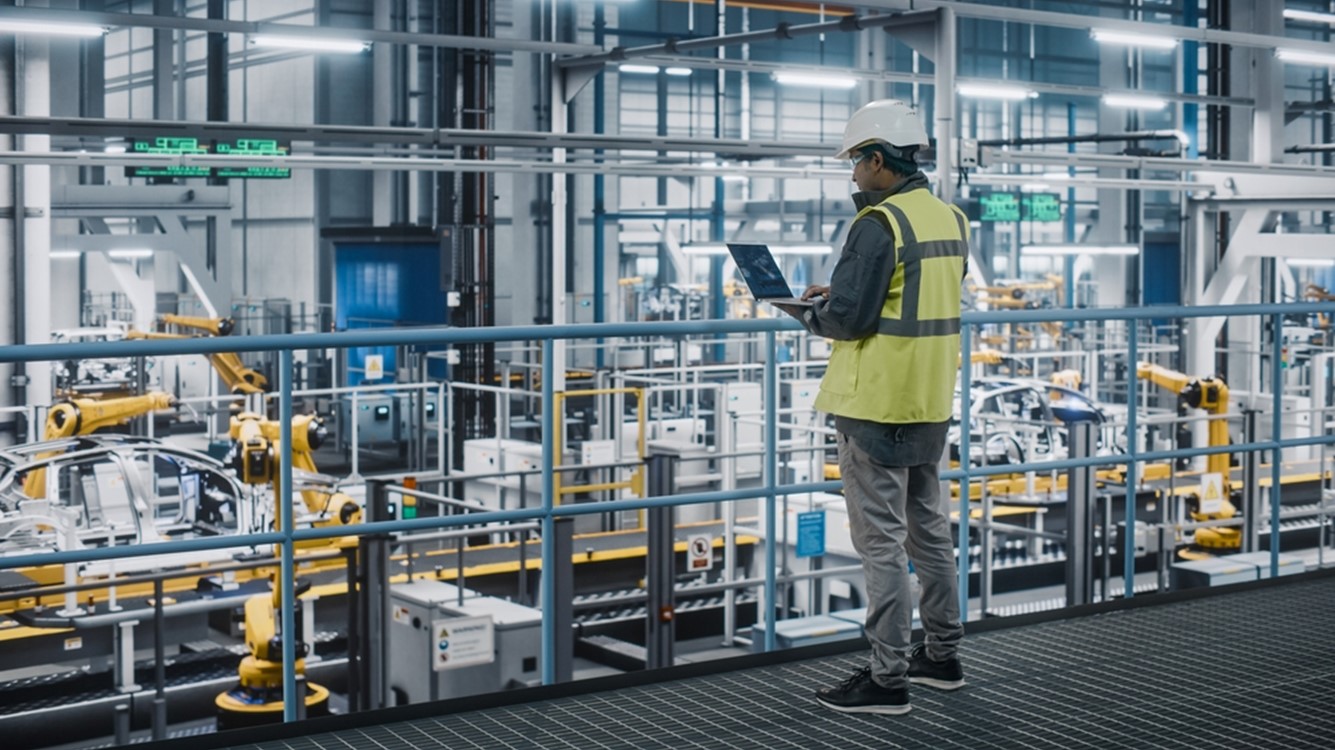Industrial and manufacturing production outperformed in December
Hurricane damage supported production of new construction materials.

January 17, 2025
Industrial production jumped 0.9% in December, far exceeding expectations and following an upwardly-revised 0.2% increase in November. Industrial production has increased 0.5% from a year ago, the first positive reading since June.
Manufacturing output rose 0.6% in December. Manufacturing output of aircraft and parts contributed 0.2% to the headline increase, rising 6.3% in December alone. The resolution of the work stoppage in the industry was not captured in the data until December. Primary metals rose 1.7%. Overall consumer goods manufacturing increased 0.5%, but nondurables were stronger than durables. Other types of durable goods manufacturing were weaker; motor vehicles and parts production fell after a strong November reading.
We saw a significant ramp-up in high-tech industries as manufacturers tried to stock up on materials and products ahead of potential new tariffs. High-tech manufacturing gained 1.1%, the strongest reading since August, with nearly all of the gains coming from semiconductors and related electronics; that segment added 1.5% in December.
Nondurable manufacturing output rose 0.7% on broad-based gains in apparel, chemicals, petroleum and food products. The outlier in the energy category was oil and gas well drilling, which fell. The gains showed up in refined consumer and commercial energy products.
Construction supplies posted gains of 0.9% despite higher mortgage rates weighing on demand for new housing construction. That is likely due to a surge in demand for repairs and rebuilding following the devastation from two monster hurricanes in the Fall. A significantly warmer-than-average December may have contributed; the National Centers for Environmental Information ranked December as the fourth warmest in its 130-years of records. In addition, materials rose 1.2%, and business equipment increased 1.4%, a significant move from earlier in the year.
Capacity utilization increased to 77.6%, much higher than expectations but still well below the historical average. Most of that occurred in mining and utilities, which increased to 90.8% and 71.1% respectively. Manufacturing capacity utilization increased to 76.6%, a 0.4-point gain.
The Institute for Supply Management (ISM)'s Purchasing Managers' Index (PMI) revealed another contraction in December, the ninth consecutive month. However, the index increased from 48.4 in November to 49.3 in December, nearing expansionary territory, which is 50. Most of those gains appeared in new orders and production, which reached growth territory.
Risks are to the downside in 2025 with global demand remaining sluggish.

Meagan Schoenberger
KPMG Senior Economist
Bottom Line:
Green shoots emerged in the December industrial production report as key industries such as high tech, aerospace and construction materials increased after a slow year and key indicators in the PMIs began to turn higher. Strike resolutions showed up in the headline gains. Potential tariffs have led consumers and manufacturers to purchase and produce goods sooner. Risks are to the downside in 2025 with global demand remaining sluggish. A strong US dollar will weigh on exporters. At the same time, a slowdown in the pace of rate cuts will be harder on manufacturers that rely on bank funding or carrying inventories. Our forecast is for just two rate cuts in 2025.
Explore more

Nearing the end of a sluggish year
Manufacturing is struggling in the face of sluggish global demand.

KPMG Economics
A source for unbiased economic intelligence to help improve strategic decision-making.

New year, new agenda: Beware of unintended consequences
We may be understating the financial market reaction to escalation of geopolitical tensions.
Subscribe to insights from KPMG Economics
KPMG Economics distributes a wide selection of insight and analysis to help businesses make informed decisions.
Meet our team
